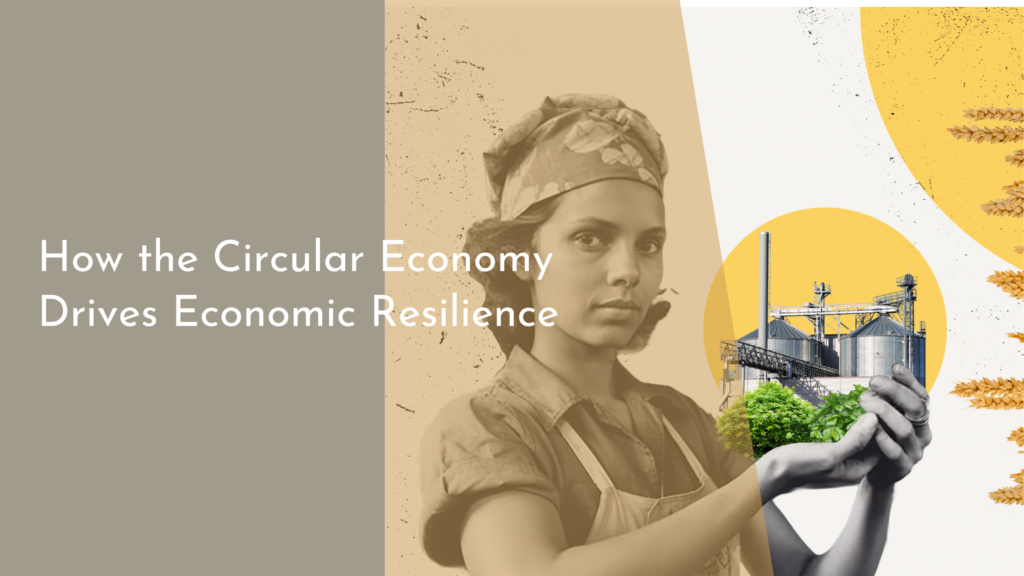Urban Forests and Rewilding Projects in Cities
Urban forests are transforming the way we perceive and interact with our cities. As urban areas become increasingly crowded and concrete-laden, the integration of green spaces is not just a luxury—it’s becoming essential for our well-being and the environment. Rewilding projects are at the forefront of this movement, providing a fresh approach to restoring ecosystems and fostering biodiversity right in the heart of urban settings. This article will explore the enchanting world of urban forests, the significance of rewilding, the benefits these green spaces offer, and how you can actively participate in enhancing your local environment.
Discover the Magic of Urban Forests in Our Cities!
Urban forests, often referred to as “urban woodlands,” are patches of trees and natural vegetation that thrive within city limits. They serve as vital green lungs for metropolitan areas, filtering air pollutants and providing shade. Imagine walking through a bustling city street and suddenly finding yourself enveloped in the calming presence of tall trees, chirping birds, and vibrant wildflowers. These green oases not only enhance the aesthetic appeal of urban landscapes but also provide a much-needed escape from the hectic pace of city life.
Beyond their beauty, urban forests play a crucial role in combating climate change. They reduce the urban heat island effect—a phenomenon where cities become significantly warmer than their rural surroundings due to human activities. By absorbing carbon dioxide and releasing oxygen, these forests help mitigate the effects of pollution while improving overall air quality. As cities continue to grow, nurturing urban forests becomes an essential part of sustainable urban planning.
Why Rewilding Projects Are Transforming Urban Landscapes
Rewilding projects are redefining the relationship between cities and nature. This approach focuses on restoring ecosystems by reintroducing native species and allowing landscapes to thrive without excessive human intervention. In urban contexts, rewilding can take the form of abandoned lots transformed into lush gardens, parks with native flora, or even riverbanks revitalized to support wildlife. These projects are not only about planting trees; they are about creating dynamic habitats that can flourish alongside urban development.
One of the most exciting aspects of rewilding is its ability to reconnect city dwellers with nature. Parks, green roofs, and community gardens are popping up everywhere, providing residents with opportunities to engage with their local environment. This newfound connection fosters a sense of stewardship, encouraging communities to take an active role in protecting and nurturing their green spaces. As more cities embrace rewilding, the possibilities for urban landscapes become endless.
Benefits of Urban Green Spaces for People and Nature
The benefits of urban green spaces extend far beyond mere aesthetics. For people, access to parks and natural areas has been shown to improve mental health, reduce stress, and promote physical activity. Spending time in nature can boost mood and foster a sense of community. Families can enjoy picnics, friends can gather for outdoor activities, and children can explore the wonders of nature—all of which enhance quality of life in urban settings.
From an ecological perspective, urban green spaces are critical for wildlife conservation. They provide habitats for birds, insects, and small mammals, which may otherwise struggle to survive in concrete jungles. These areas also promote biodiversity, ensuring that various species can thrive even in urban environments. The interplay between people and nature in these spaces ultimately creates a healthier ecosystem, benefiting both residents and wildlife alike.
How to Get Involved in Your Local Rewilding Initiatives!
Participating in local rewilding initiatives is an excellent way for you to contribute to the greening of your community. Start by researching local organizations dedicated to ecological restoration and urban forestry. Many cities have initiatives focused on planting trees, restoring habitats, and maintaining parks. Volunteering your time or resources can make a significant difference in these efforts and help you connect with like-minded individuals who share a passion for nature.
You can also advocate for rewilding in your neighborhood by engaging with local policymakers and community leaders. Discuss the benefits of urban green spaces and promote the idea of creating more parks or rewilding existing ones. Consider starting a community garden or organizing cleanup events to enhance local green areas. Every small action counts, and together, we can create a more sustainable and vibrant urban environment for future generations to enjoy!
Urban forests and rewilding projects are transforming cities into vibrant ecosystems where people and nature can coexist harmoniously. As we embrace these green initiatives, we open doors to a healthier, more sustainable future. The magic of urban forests lies not just in their beauty but in their ability to enrich our lives and restore balance to our world. So, let’s roll up our sleeves, get involved, and be part of the exciting journey to rewild our cities—one tree, one garden, and one community at a time!

